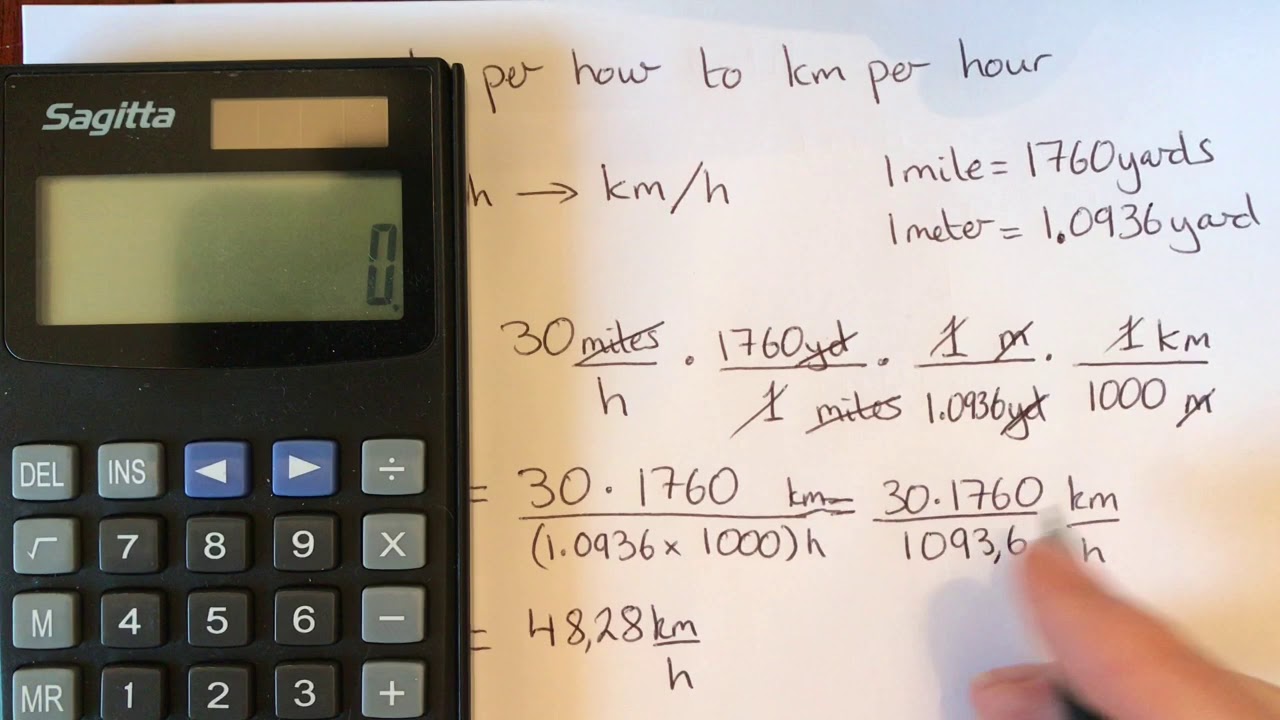Understanding the Conversion of 45kmh to mph
When learning about speed, different countries use different measurement systems. Some regions prefer kilometers per hour (km/h), while others rely on miles per hour (mph). Because of this difference, it is often necessary to convert values from one system to another. A common example people search for is 45kmh to mph. This conversion might seem small, but it is extremely useful for drivers, students, and anyone dealing with international standards.
In this article, we will explain the concept of converting 45kmh to mph, provide an easy method for calculating it, discuss why conversions matter, and give real-world examples where such a number is practical.
What Does 45kmh Mean?
Kilometers per hour is a unit that measures how far something travels in one hour. When we say 45 km/h, it means that an object covers 45 kilometers in one hour if it moves at a constant speed.
For perspective:
- 1 kilometer is equal to 1000 meters.
- 45 km/h means covering 45,000 meters in one hour.
In simpler terms, if a bicycle is moving steadily at 45 km/h, it will pass 45 kilometers of distance every hour. However, this measurement is in kilometers, and many countries such as the United States use miles per hour instead. That is why the question how to convert 45kmh to mph becomes important.
The Basic Formula to Convert 45kmh to mph
To perform the conversion, you need to know the relationship between kilometers and miles:
1 kilometer = 0.621371 miles
So, to convert kilometers per hour into miles per hour, the formula is:
Speed in mph = Speed in km/h × 0.621371
Applying this to our example:
45 × 0.621371 = 27.9617 mph
Therefore, 45kmh to mph equals approximately 28 miles per hour.
Why Do People Need to Convert 45kmh to mph?
There are many situations in which this particular conversion is relevant:
- Driving Abroad – A traveler from Europe visiting the United States might see speed signs in mph. Understanding 45kmh to mph helps them adjust to the local speed system.
- Vehicle Specifications – Car manuals sometimes display speed limits or performance details in km/h, while drivers in the US want the figures in mph.
- Cycling and Running – Fitness trackers or apps often let you select your preferred unit. Someone training at 45 km/h on a cycling machine may want to know the mph equivalent.
- Education and Exams – Students studying physics or mathematics often encounter questions that require conversion between these two units, making 45kmh to mph a practical example.
A Step-by-Step Way to Convert 45kmh to mph Manually
If you do not have a calculator, you can still make a quick estimate. Here’s how:
- Remember the conversion factor: 1 km ≈ 0.62 miles.
- Multiply 45 × 0.62.
- That equals 27.9 mph (rough estimate).
This method shows that 45kmh to mph is about 28 mph. While not exact to the decimal, it is accurate enough for everyday use.
Everyday Examples of 45kmh Speeds
To better understand the meaning of this speed, let’s imagine situations where 45 km/h is a common pace:
- Cycling – Professional cyclists in a race often reach around 40 to 50 km/h on flat roads. So, 45kmh to mph is right within the typical racing speed range.
- City Driving – In many urban areas, cars are restricted to around 40 to 50 km/h for safety. This makes 45kmh to mph, which is about 28 mph, a perfect example of a city driving speed.
- Scooters and Mopeds – Many small scooters have a maximum speed near 45 km/h. Converted, that means they can go about 28 mph, which is suitable for local roads.
Comparing 45kmh to mph with Other Speeds
It can be helpful to compare this speed with slower and faster ranges:
- Walking speed – Average walking is about 5 km/h (3 mph). So 45kmh to mph is nearly 9 times faster.
- Jogging speed – Jogging is roughly 10 km/h (6 mph). Again, 45 km/h is much quicker.
- Highway driving speed – On highways, vehicles often travel at 100 km/h (62 mph) or more. That means 45kmh to mph is less than half the typical highway speed.
Importance of Accurate Conversion
Some might think that converting 45kmh to mph is just a simple school task, but accuracy matters in real life:
- Safety – Misreading speed signs can lead to accidents. If someone mistakes 45 km/h for 45 mph, they will actually be going much faster than allowed.
- Sports Performance – Cyclists and runners who track their speed need precise conversions to compare performance internationally.
- Engineering and Design – Vehicle manufacturers rely on correct unit conversions when designing dashboards or instruments that may be sold worldwide.
Quick Reference for Similar Conversions
If you know how to convert 45kmh to mph, you can easily handle other speeds:
- 30 km/h ≈ 18.6 mph
- 40 km/h ≈ 24.8 mph
- 45 km/h ≈ 28 mph
- 50 km/h ≈ 31.1 mph
- 60 km/h ≈ 37.3 mph
Having this in mind makes traveling or learning much simpler.
How Technology Helps in Conversions
In today’s world, you don’t always need to calculate manually. Smartphones, cars, and smartwatches often provide instant conversions. For example:
- Navigation Apps – Google Maps and other tools automatically switch between km/h and mph depending on location.
- Vehicle Dashboards – Many modern vehicles display both units side by side, so if you’re traveling at 45 km/h, you’ll see the mph equivalent right away.
- Fitness Devices – Smart trackers make it easy for runners and cyclists to check both km/h and mph.
Still, knowing that 45kmh to mph is 28 mph helps when you don’t have access to technology.
Final Thoughts
Understanding unit conversions like 45kmh to mph might seem simple, but it plays a major role in daily life. Whether you are a driver adjusting to new speed signs, a student preparing for an exam, or a cyclist measuring performance, being able to quickly convert 45 km/h to about 28 mph is practical and important.
The next time you encounter the question of 45kmh to mph, you’ll know exactly how to calculate it, what it means in real life, and why such a conversion matters. Mastering this small skill not only makes travel and learning easier but also helps in making safe and informed decisions.





